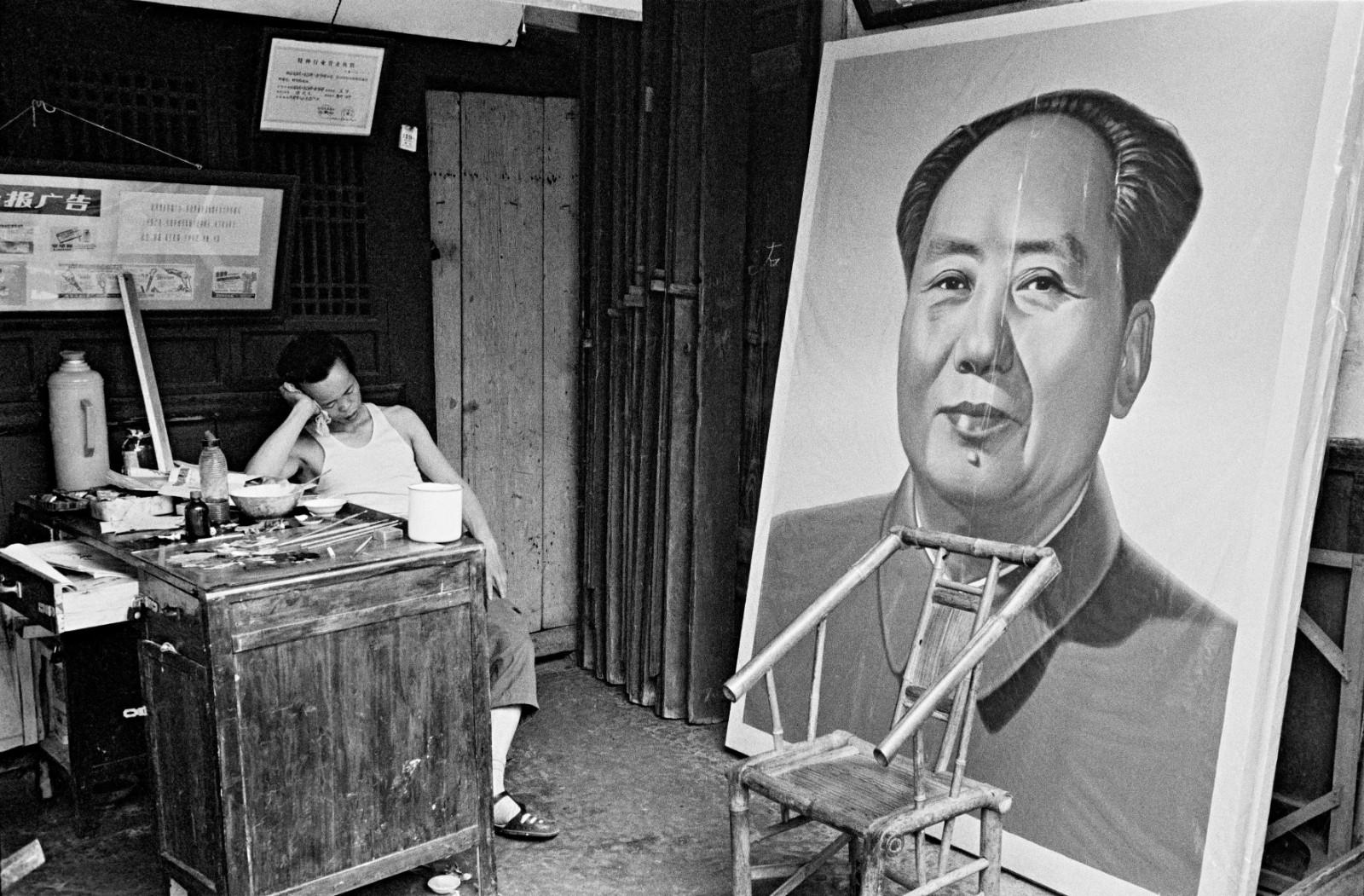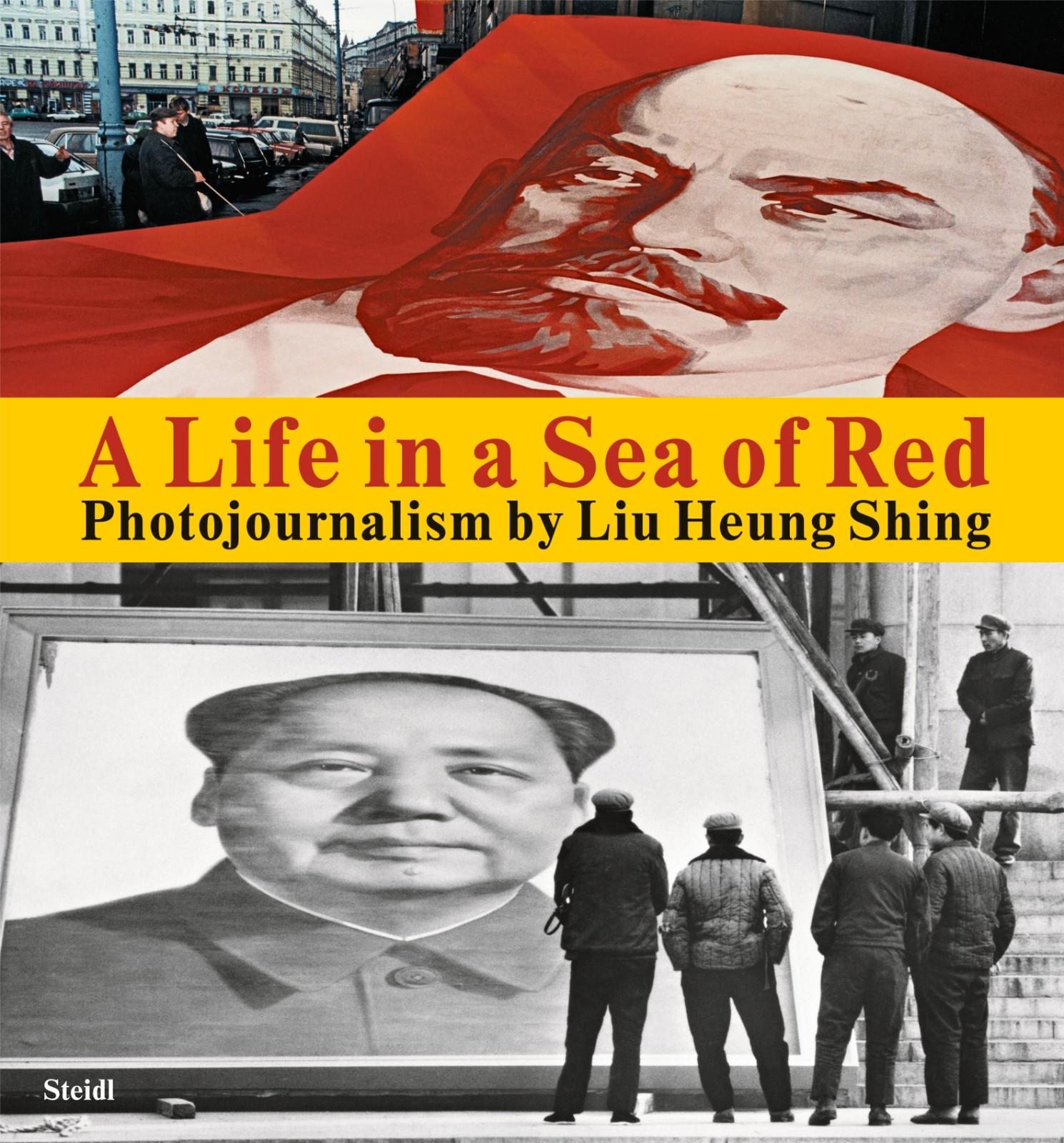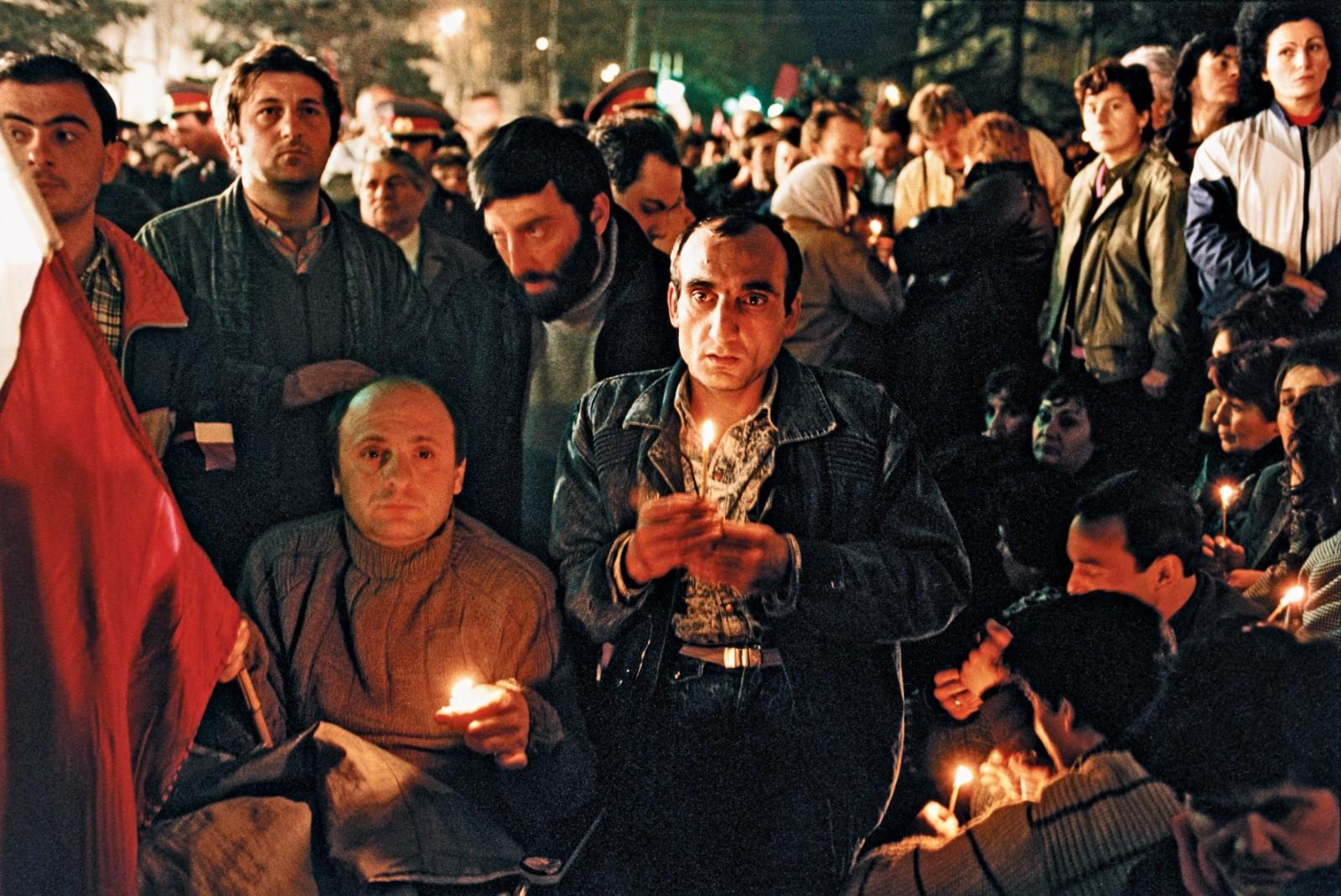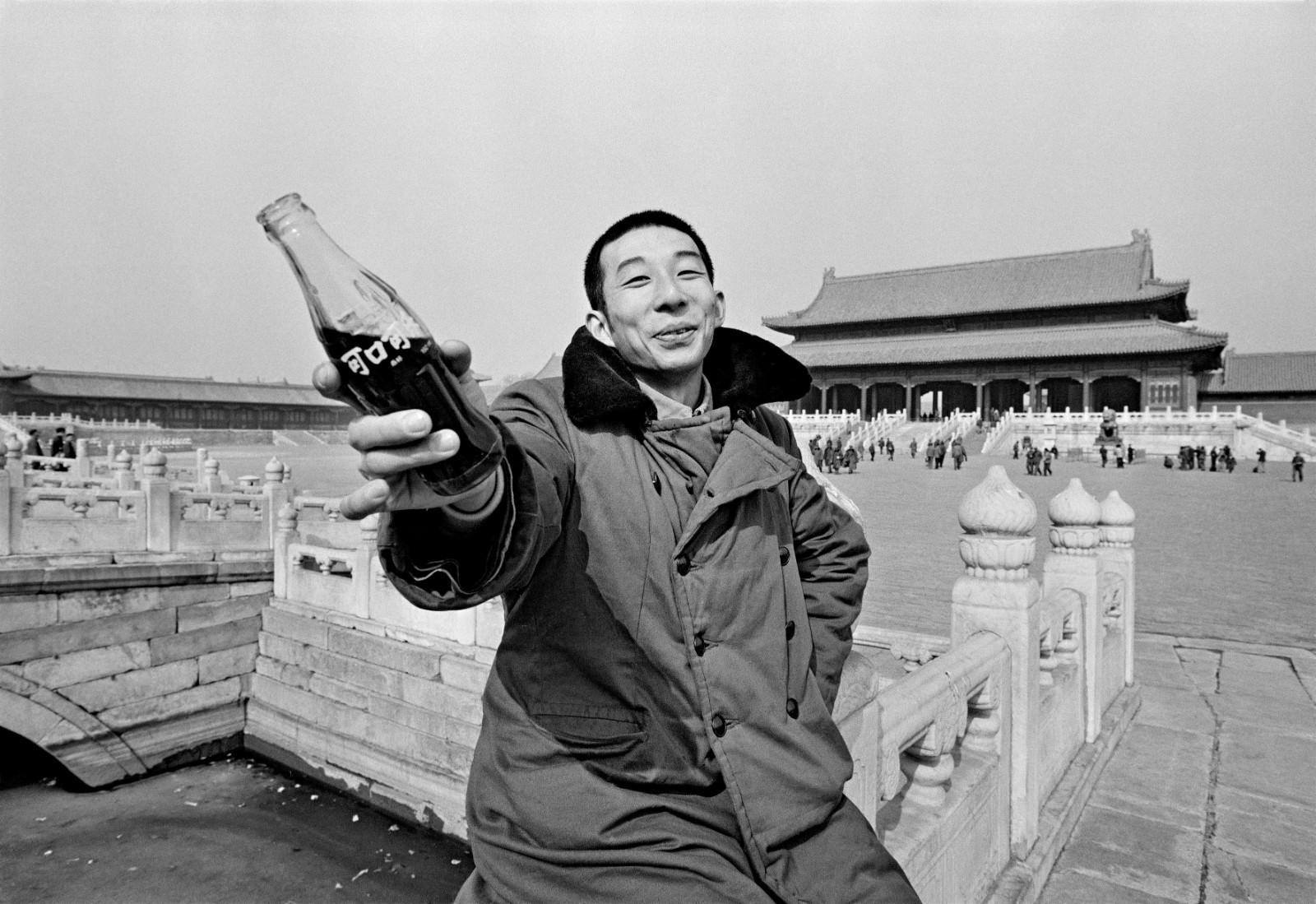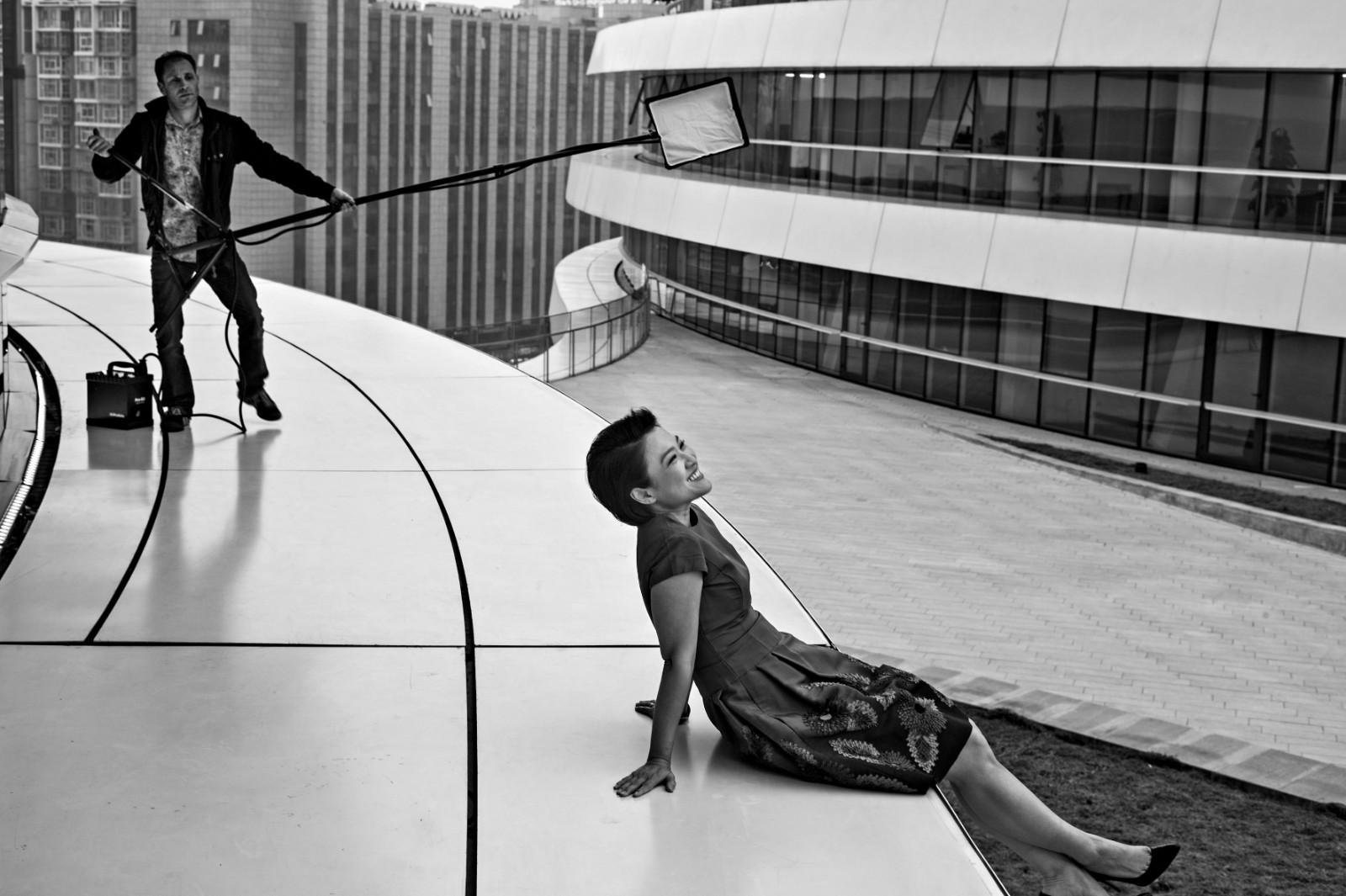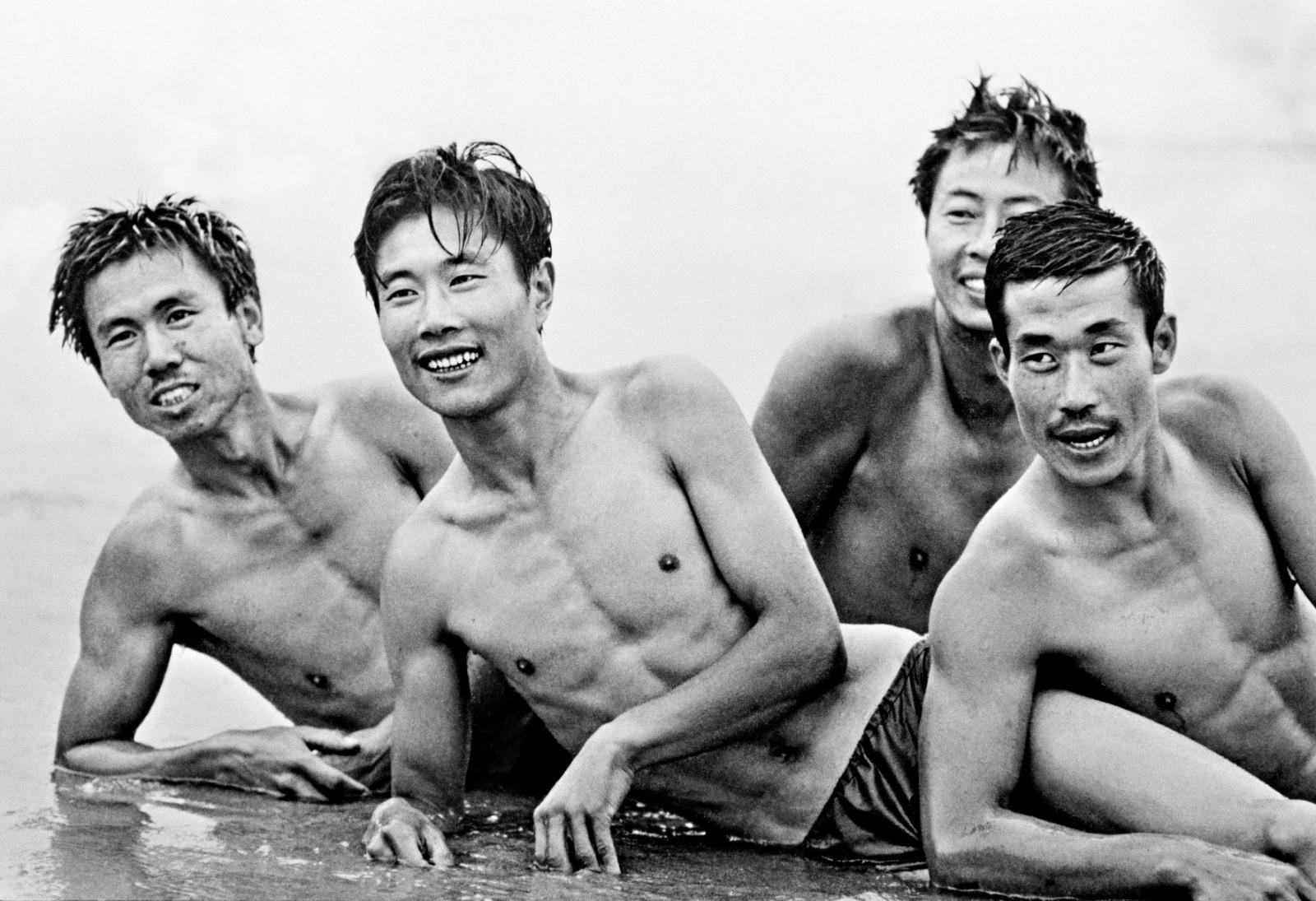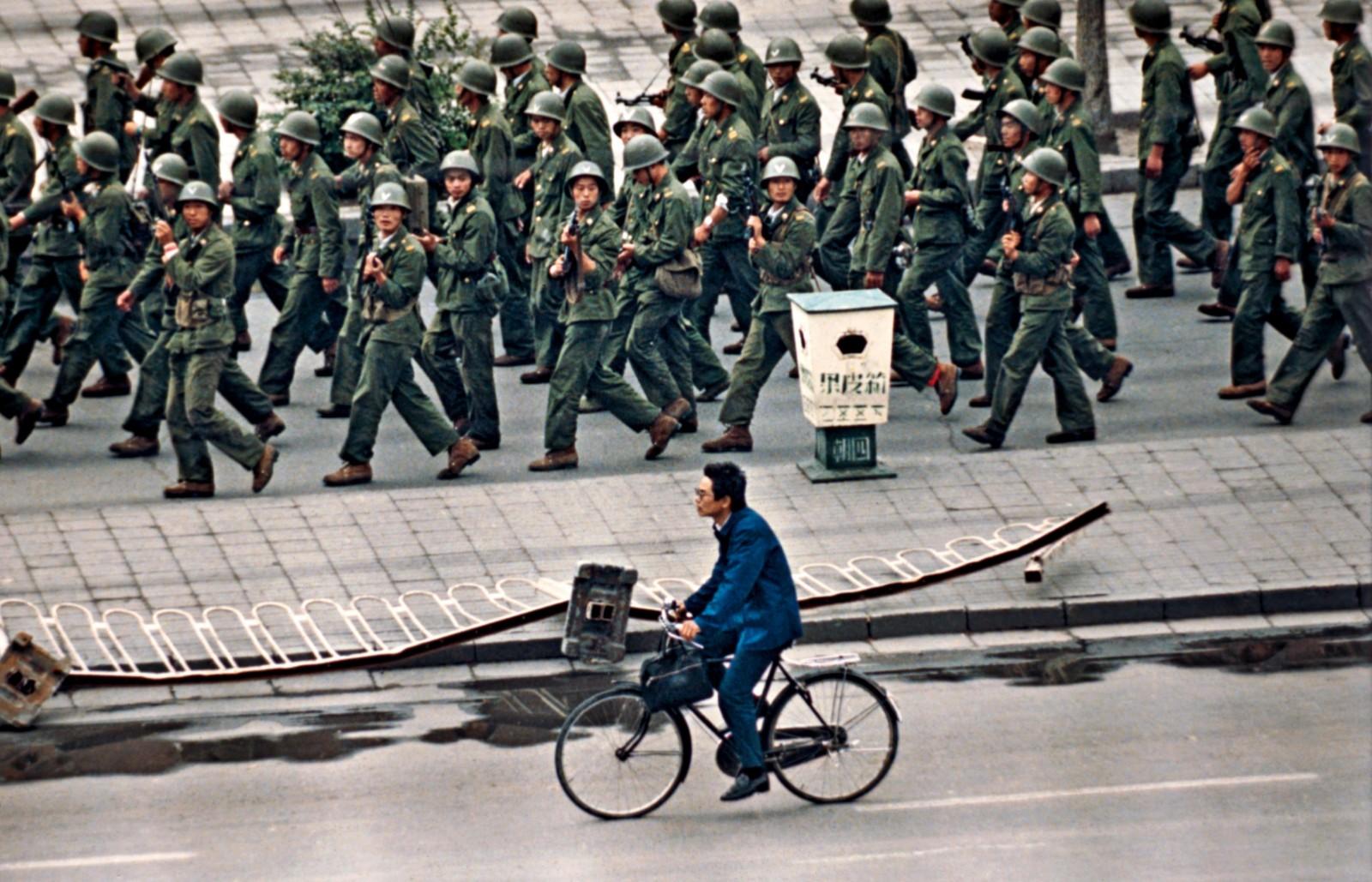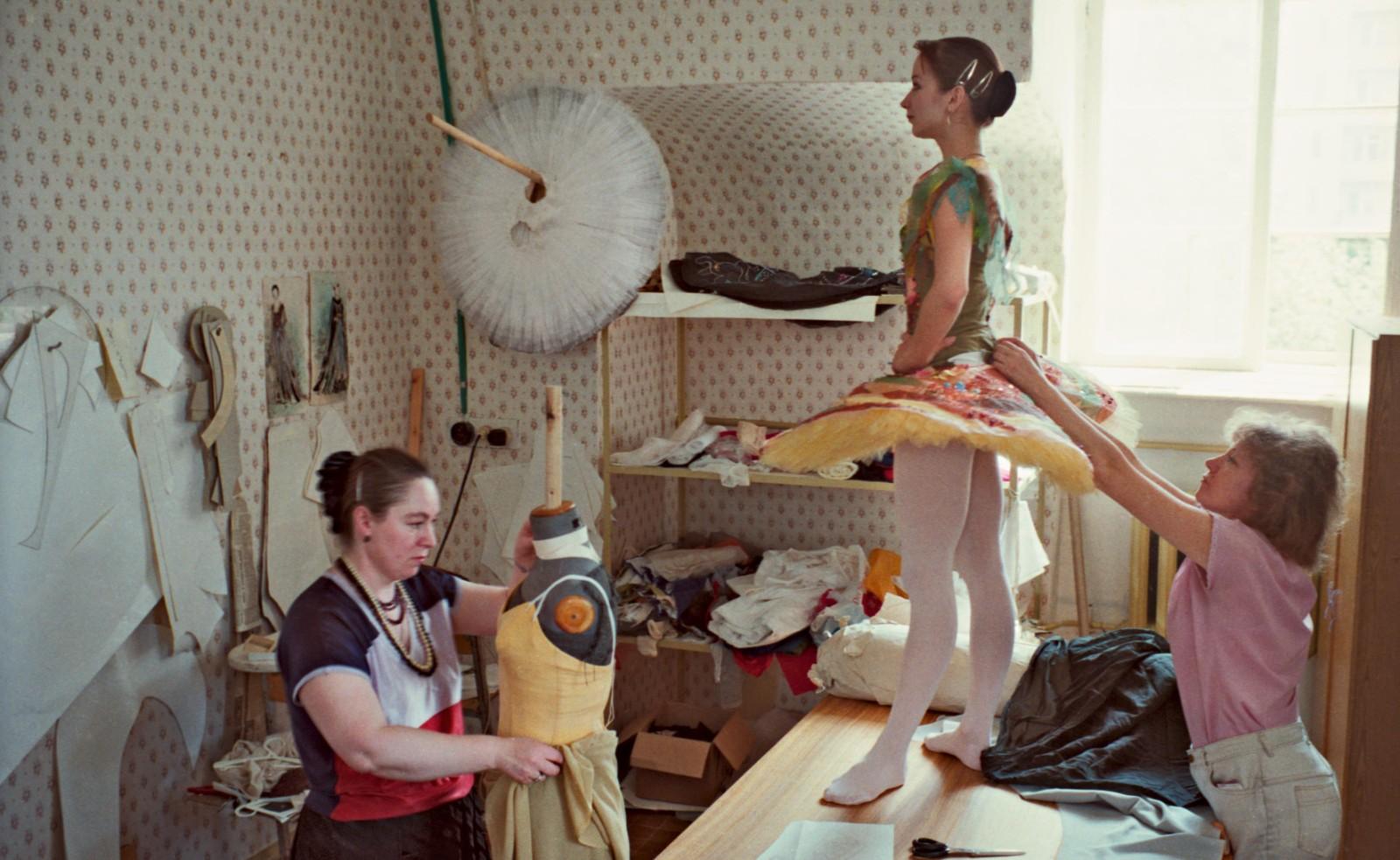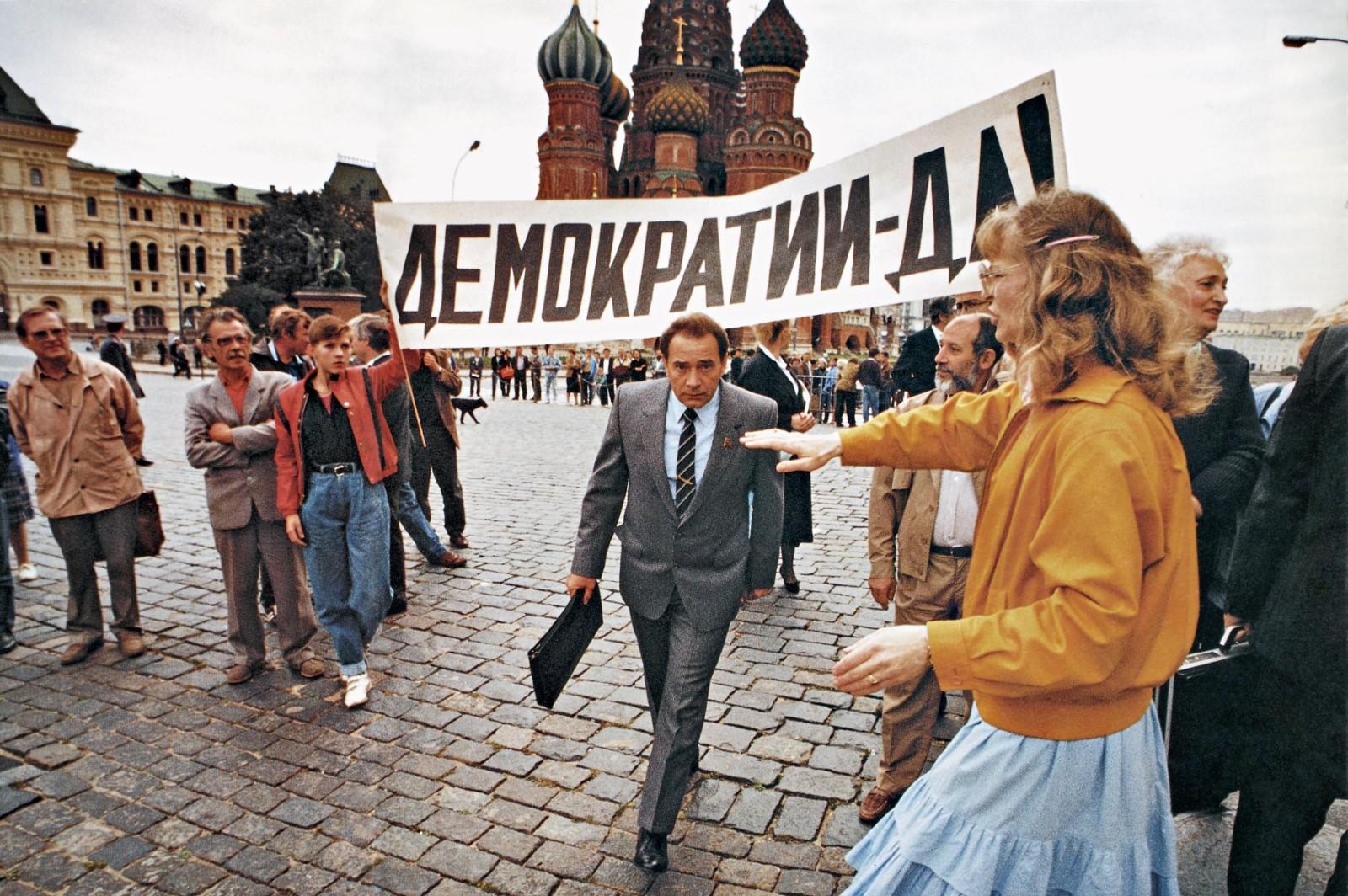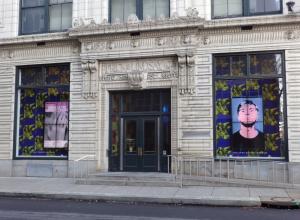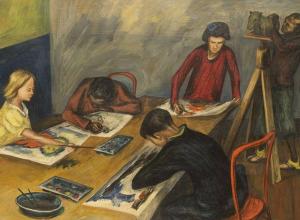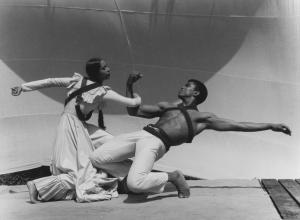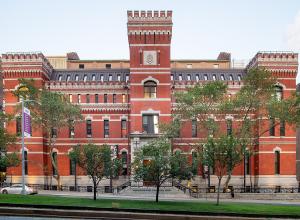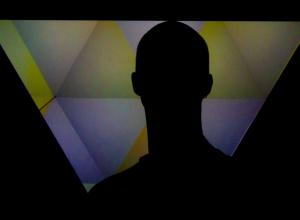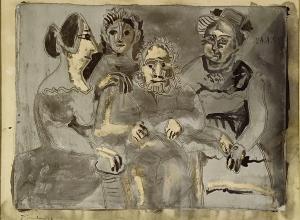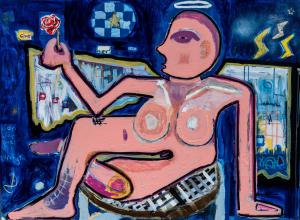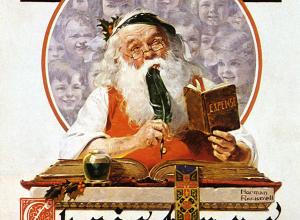The photographs in this volume, all taken between 1976 and 2016, show the transition of China from the death of Mao Zedong (1976) to the violence of Tian’anmen Square (1989) and the emergence of a socialist-capitalist society. The images of the Soviet Union, instead, portray the collapse of the Communist state through moments like the withdrawal of the Soviet forces from Afghanistan (1989), the hardships of the common people hit by inflation during the early 1990s, and the return of old, once banned practices such as the celebration of Easter or Christmas.
Liu Heung Shing was born in Hong Kong in 1951 and spent his childhood years in Fuzhou. There, Liu experienced the tense socio-political situation of the early 1960s as he got bullied and harassed for being the son of a landlord family. In 1967, Liu left China to study in the United States where he enrolled at the City University of New York’s Hunter College. While studying, he did an apprenticeship in New York at Life magazine. After graduating, Liu became a reporter for Time and worked as a foreign correspondent and photojournalist in Beijing, New Dehli, Los Angeles, Moscow, and Seoul. Liu ended his career as a photojournalist in 1993, but since the early 2000s, he has been dedicating his time to the creation of books that narrate the visual history of China through historical photographs.




